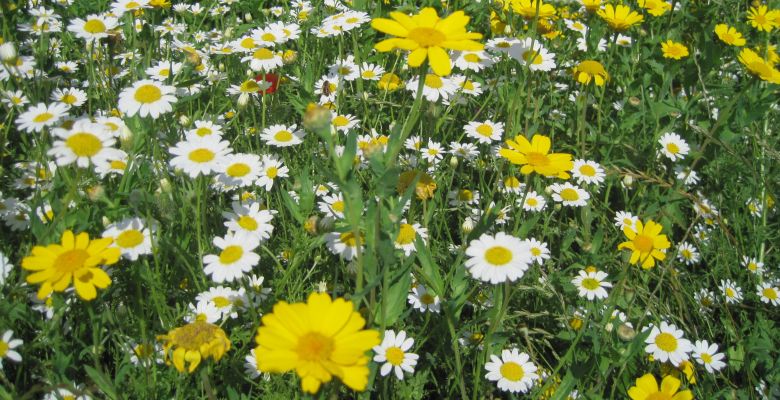
What is a botanical survey?
This is the generic name given to a suite of survey types that are designed to identify and quantify botanical features and habitat types on your site.
They comprise of surveys such as Phase 1 Habitat Surveys (Phase 1), National Vegetation Classification (NVC) surveys (Phase 2), habitat specific plant surveys and protected plant species and distribution (Phase 3) surveys, all of which are tailored to suit the needs of your site.
When do I need to get in touch?
These surveys usually form part of a Preliminary Ecological Assessment / Phase 1 Habitat Survey.
However, you may require habitat, species specific or invasive species botanical surveys and these are best undertaken in the growing season (April to October), although some habitats such as woodlands are best done in the spring, whilst moorland for example can be done during the autumn months.
How can EcoNorth Help Me?
We have a wide range of experience when it comes to botanical surveys. Our botanists possess specific, expert knowledge of upland habitats (eg bogs, mires, and moorland), woodlands, grasslands and brownfield sites as well as all coastal and river systems.
We produce detailed reports from our survey results, providing clear constructive mitigation advice on protection. In addition, we also provide detailed monitoring surveys and reports, to monitor species changes on a given site.
Phase 1 Habitat Surveys: Phase 1 Habitat Surveys are an excellent starting point for a site and can identify broad habitat types and species composition and the need for further botanical survey work.
NVC (Phase 2): The NVC system allows the characterisation of habitats based on the species present and percentage cover. NVC botanical surveys go into much more detail than an extended Phase 1 habitat survey, and are important where protected habitats or plants could be present as they allow us to assess the botanical value of a site. These are often requested on ecological sensitive or legally protected sites such as SACs (in which case the botanical survey is used for a Habitat Regulations Assessment). An NVC report from EcoNorth includes a detailed breakdown on the extent of each habitat within the survey site, both via a map of the area and a comprehensive list of plant species found in each habitat.
Species Specific (Phase 3): If your site has potential to support rare or protected botanical species, it may be necessary to survey and identify the distribution on your site.
Hedgerow: Hedgerow surveys can also be requested by planning authorities and we can undertake suitable surveys for your specific circumstances. These surveys assess essential criteria including invasive species, associated ground flora, landscape connections, adjacent land use, constituent species and hedgerow dimensions. These assessments are made according to the Hedgerow Evaluation and Grading System (HEGS).
Invasive Species: It is very important to understand the presence of non-native invasive species, including those listed on Schedule 9 of the Wildlife and Countryside Act 1981 (as amended), on your site as there are legal implications for the spread of these species. We offer specialist service in detecting invasive species.



